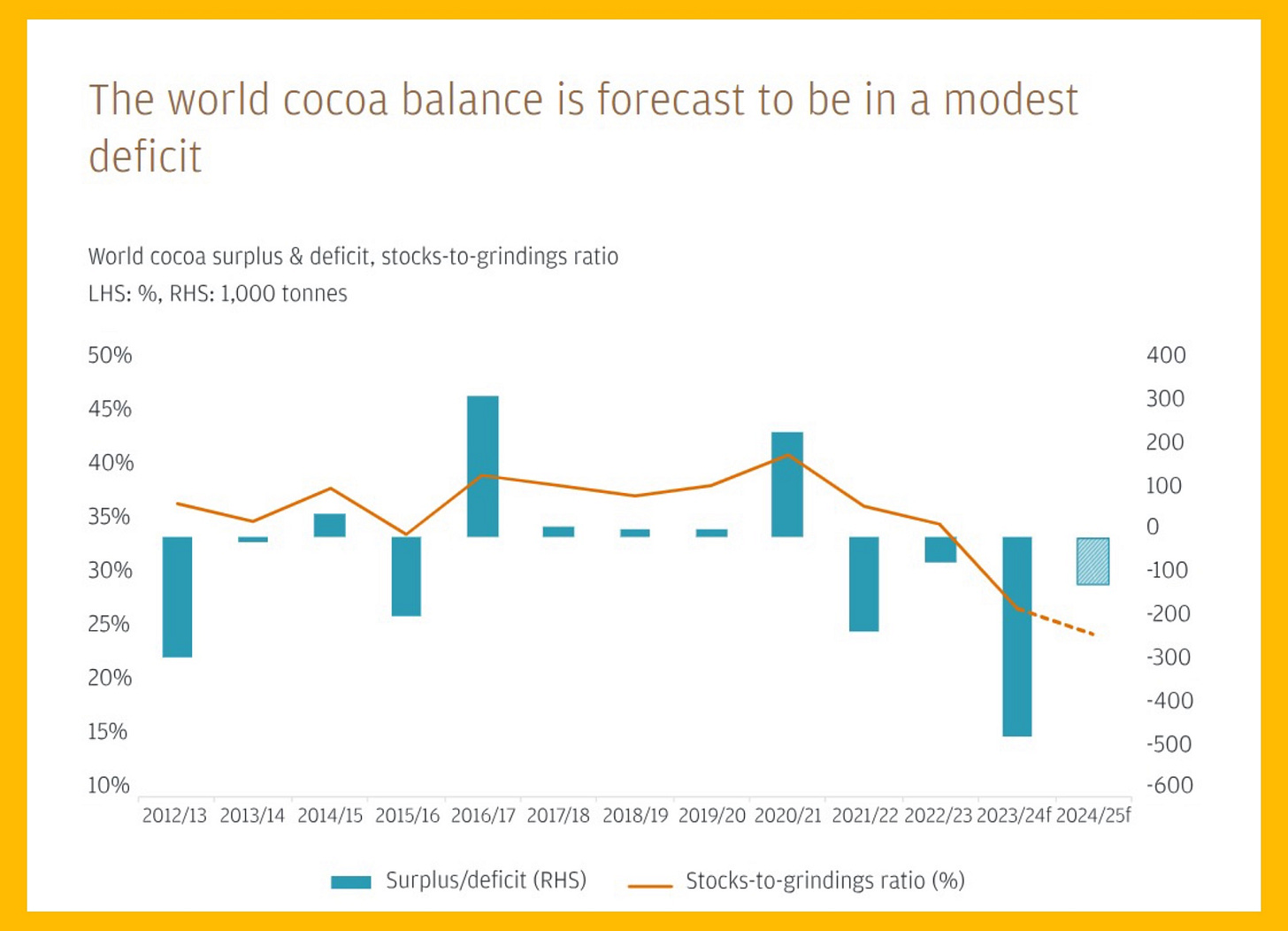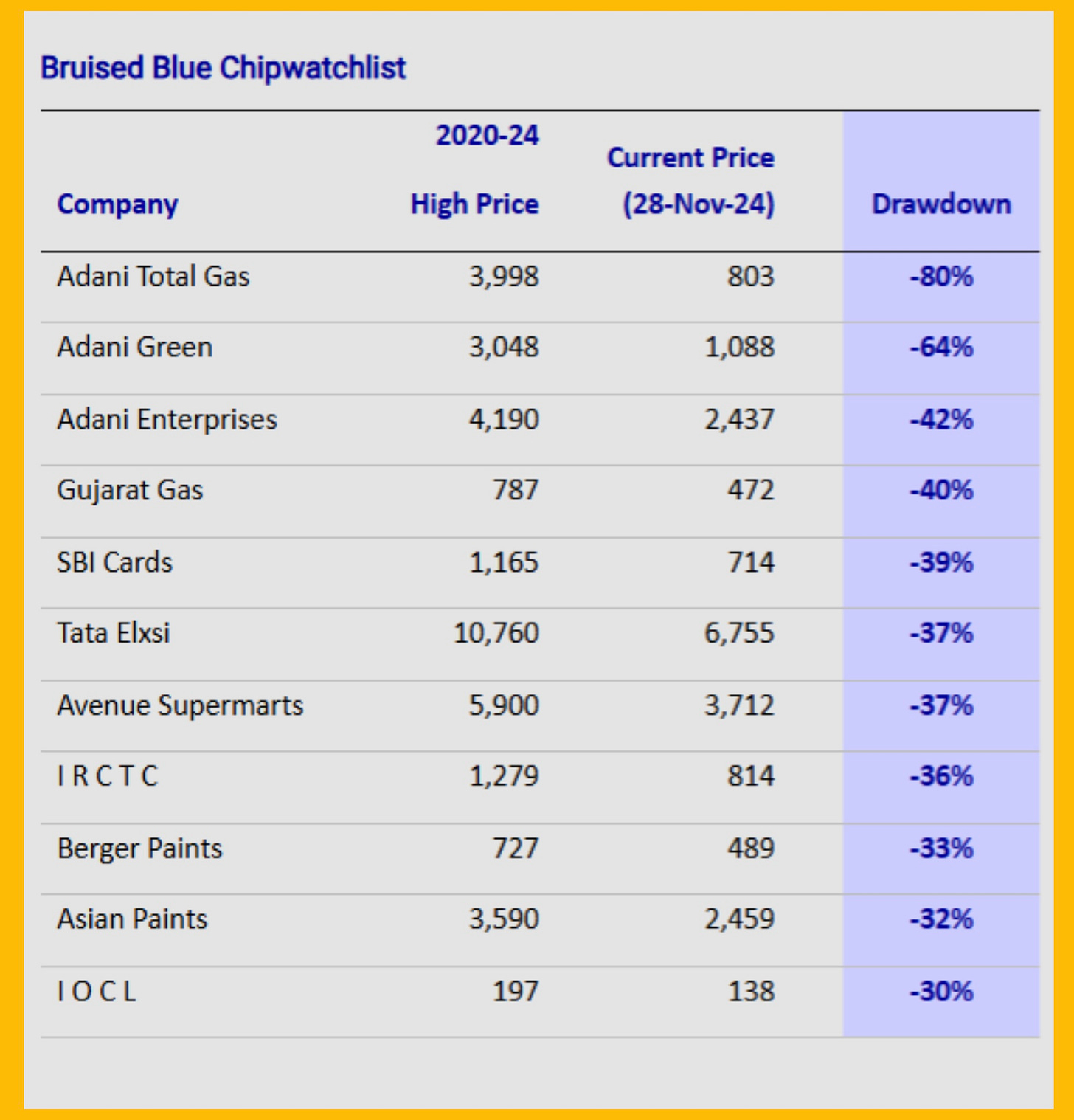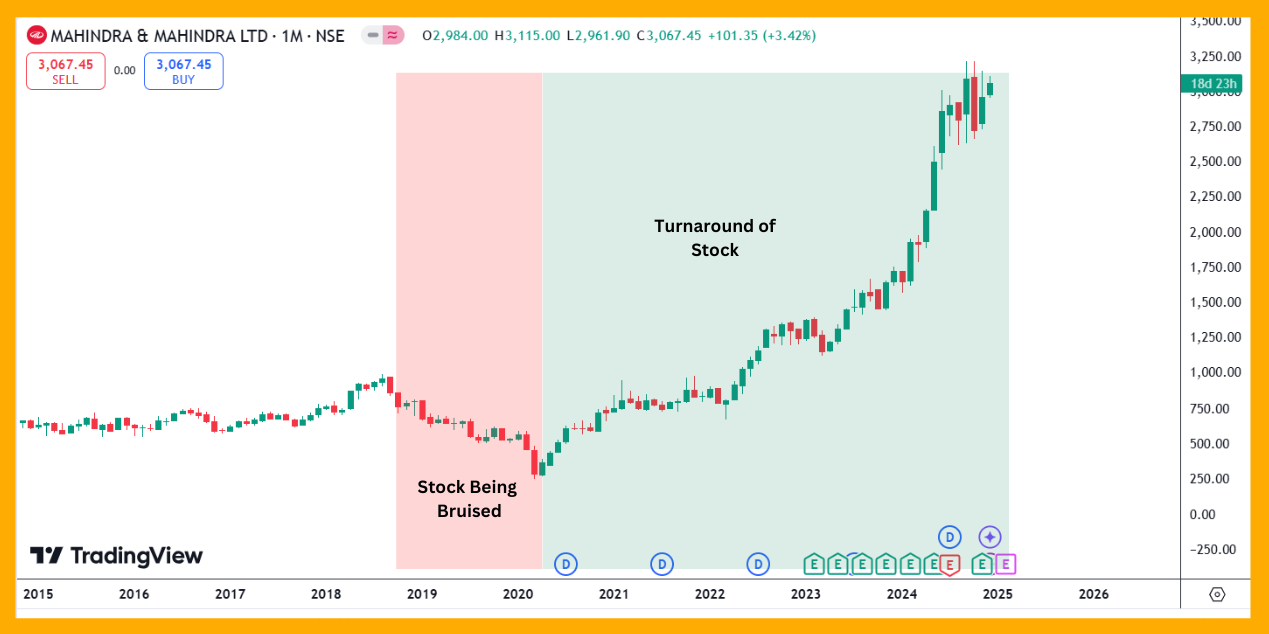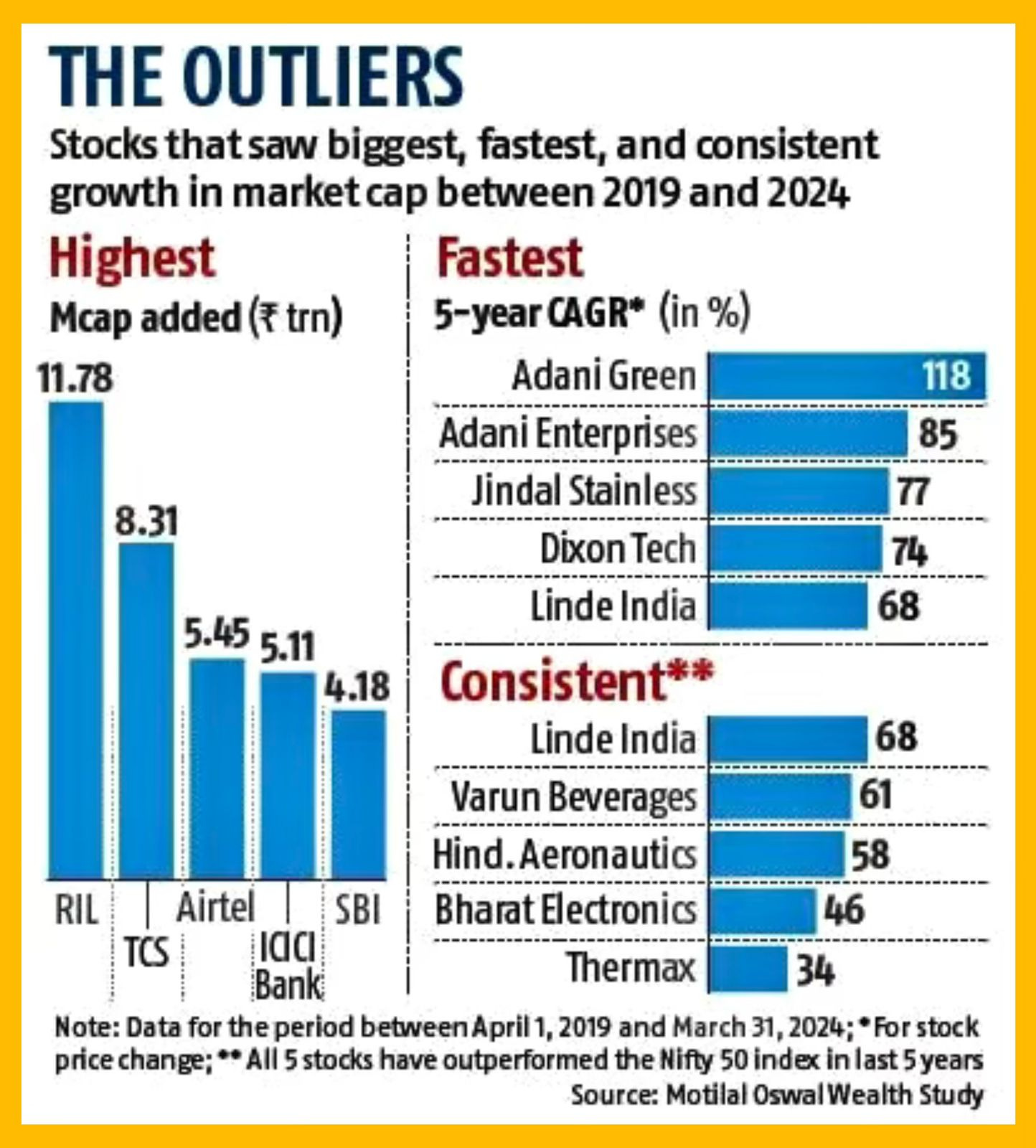Have you ever wondered who controls the price of your favourite chocolate bar?
As we all know, cocoa is the main ingredient in chocolate. Companies mainly source this cocoa from farmers in African countries. Since only a few large buyers are in the market, they have all the power to set the price. This is a typical case of monopsony.
What is Monopsony?
A monopsony is a market where only a few buyers purchase goods or services from many sellers. Since these buyers hold most of the control, they can set prices as low as they want. This is exactly what’s happening in the cocoa industry, making it a buyer-driven market.
Due to this dominance, despite a recent shortage in cocoa supply, farmers are not motivated to grow more cocoa because they are not paid fairly for their crops.

As the saying goes, "For every action, there is an equal and opposite reaction." This imbalance led to supplier retaliation. Farmers, unable to survive on the low prices, pushed back by raising prices. As a result, cocoa prices went up. In response, the large companies either increased consumer prices or used shrinkflation (reducing the size of products without raising prices).
MEME OF THE WEEK:

Market Kya Keh Raha Hai, Sir?
Na rishton ka pressure, na titles ka zariya,
The whole thing is that, ke bhiya sabse bada Rupaiya.
This saying, passed down through generations, shows how money impacts our choices and priorities. While it’s a light-hearted remark, it also hints at a deeper truth: understanding wealth creation is key to living well.
In context, Motilal Oswal released its 29th Annual Wealth Creation Study on Tuesday this week, narrated by Raamdeo Agrawal (Chairman of Motilal Oswal). The theme of this year is, "Creating Wealth Through Bruised Blue Chips," which provides a unique perspective on how even the most reliable companies, when temporarily undervalued, can offer brilliant opportunities for wealth creation. So, let’s sneak peek into it to know more about it.
What are Bruised Blue Chips?
As Warren Buffet says “Turnarounds seldom turn around’.’ This is true for many companies that face challenges, but Bruised Blue Chips are often an exception.
The term Bruised Blue Chips itself explains the meaning clearly. Bruised refers to something temporarily damaged, while Blue Chips are companies known for their strong reputation, reliability, and consistent performance. If we put together Bruised Blue Chip, a well-established company that has experienced major setbacks, leading to a significant drop in its stock prices. This leads us to the most important question:
how can you identify these hidden gems?
The book “How To Create Wealth Investing In Turnaround Stocks” shares useful tips for identifying Bruised Blue Chips (however, it doesn’t define the term “bruised” directly). It explains that a Bruised Blue Chip is a company whose stock price has temporarily dropped by 50% or more from its 5-year high over 10 years. For example, if a stock’s price fell by 50% or more during FY15-24 compared to its FY10-14 high, it would be considered a Bruised Blue Chip.

To qualify as a Blue Chip, a company must meet these criterias:
Track Record: Be listed for at least 10 years.
Size: Be among the top 50 companies by market value.
Profitability: If not in the top 50, the company must:
Be in the top 250 companies by market value.
Have an average Return on Equity (RoE) of at least 20% over 10 years.
This framework ensures that only fundamentally strong companies with proven resilience qualify as Blue Chips.
A prime example of a Bruised Blue Chip is Mahindra & Mahindra (M&M), a leader in the SUV and tractor segment. The company faced several major challenges, including:
Tough competition in the SUV market: Many new players like Maruti Suzuki (Vitara Brezza), Hyundai (Creta), and Kia (Seltos) entered the SUV segment, offering more advanced features and better designs. This made it harder for M&M to maintain its position.
Slowing rural demand: M&M's tractor business, which heavily relied on rural customers, was severely impacted by declining village demand, affecting one of its key sectors.
Loss-making international ventures: The company invested in businesses like SsangYong Motors, which struggled to make profits.
These challenges led to an erosion in market share from 37% in FY15 to 19% in FY20, they reported a loss of ₹321 crore in 2020. To rectify these challenges as soon as possible company took the following measures:
Leadership Change: In 2021, M&M appointed Anish Shah as its new MD (Managing Director) and CEO (Chief Executive Officer), marking a significant turning point for the company. Under his leadership, the company streamlined its operations to improve efficiency.
Exiting Loss-Making Ventures: M&M made strategic decisions to exit unprofitable businesses, including some international ventures.
Launch of Successful Models: The company introduced highly successful vehicles, such as the Thar, new Scorpio and XUV700, which gained widespread popularity.

This strategic pivot resulted in remarkable growth, with M&M achieving an all-time high net profit of ₹12,000 crore last year. Between 2020 and 2024, its stock price skyrocketed by nearly 500%, turning wafer-thin margins into solid gains.
Study Highlights From Report
Reliance Industries: Topped as the biggest Wealth Creator for the 6th year in a row, making it 11 wins in the last 17 five-year studies.
Adani Green: Fastest Wealth Creator with a stunning 118% CAGR. ₹1 million invested in 2019 grew to ₹17.5 million by 2024!
Linde India: Most Consistent Wealth Creator, outperforming the market every year and delivering 68% CAGR.
Adani Enterprises: Best All-Round Wealth Creator for the third year in a row, excelling across all categories.

What More Caught My Eye:
CEA on competition in the financial sector
India’s growing pet industry
Why Whoop didn’t fail?
China Restricts Mineral Exports Amid Tech War
Crack the code to analyse new-age companies
Recommendations:
This week, I want you to watch this video that dives into the economic divide between North Italy and South Italy. It explores the historical, cultural, and political reasons behind, why the North prosper economically while the South lags. This is a must-watch for anyone seeking to understand regional inequalities and their lasting effects on economies.
My next recommendation for this week is a curated playlist simplifying everything about mutual funds. Whether you’re a beginner or looking to refine your investment strategy, this resource will guide you in selecting the right mutual fund based on your goals and risk appetite. It's a must-watch for anyone aiming to make informed investment decisions!
Thank you for reading this week's newsletter! I am keen to hear your thoughts in the comments section. Don't forget to like, share, and restack—your support truly motivates me to continue delivering valuable insights.
Song of the Week:
This is Parth Verma,
Signing off.





Knowledgeable post
From now onwards i will read every newsletter
Great insights